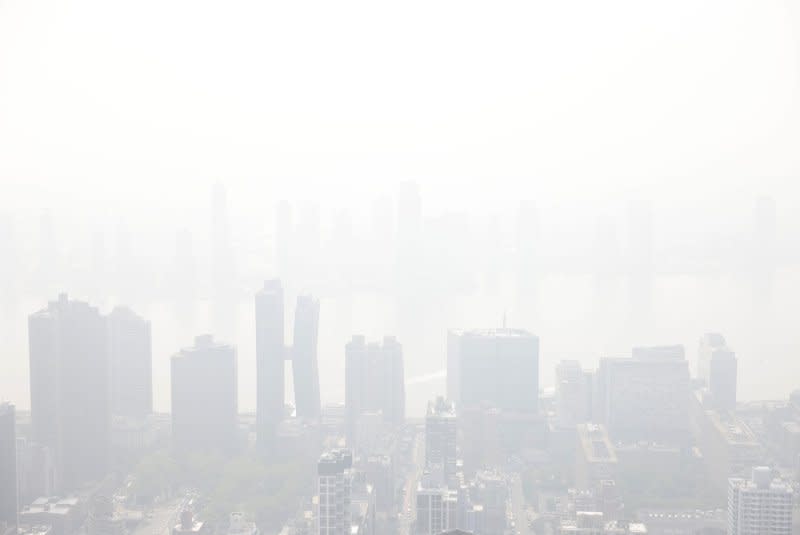Natural disasters cost world $250B in 2023, German insurer says

Jan. 9 (UPI) -- Natural disasters cost nations $250 billion in 2023 as climate change churned up dangerous and deadly weather across the globe, according to a study released Tuesday.
The new study by Munich RE, a multinational insurance provider based in Germany, found that insured losses also totaled $95 billion as natural disasters led to a staggering 74,000 deaths in 2023, which was well above the five-year annual average of 10,000 fatalities attributed to both extreme weather and earthquakes.
The report largely blames climate change for powerful weather events that delivered havoc to nearly every corner of the world in 2023.
"The warming of the Earth that has been accelerating for some years is intensifying the extreme weather in many regions, leading to increasing loss potentials," said Ernst Rauch, chief climate scientist at Munich RE. "More water evaporates at higher temperatures, and additional moisture in the atmosphere provides further energy for severe storms."
Rauch warned that "society and industry need to adapt to the changing risks -- otherwise loss burdens will inevitably increase."

Meanwhile, geophysical events led to 63,000 fatalities, which was 85% of total deaths in 2023 -- making it the highest death toll from natural disasters since 2010.
The most devastating natural disaster of the year occurred in February with a series of earthquakes hitting Turkey and Syria, causing losses of about $50 billion, making it the costliest disaster of 2023, while only $5.5 billion was insured, the report states.

The strongest tremor, measuring 7.8 magnitude, was the most powerful quake in Turkey in decades, causing 58,000 deaths, numerous building collapses and extensive damage to infrastructure.
Most of the economic losses in 2023 were due to severe storms, which accounted for 76% of total losses, while the remaining 24% of losses were caused by earthquakes.

Insured losses worldwide due to natural disasters fell slightly below the five-year average of $105 billion in 2023, whereas the figure for losses was around $125 billion the year before.
High temperatures, including the hottest three-month period in history last summer, increased the frequency of weather disasters worldwide, the report stated.

By November, global temperatures were about 1.3 degrees Celsius higher than they were more than a century ago in pre-industrial times, the report states.
Heat records toppled across the globe throughout the year as temperatures soared across Europe in April and Argentina in September and in northwest China.

Night-time temperatures reached more than 89 degrees in Arizona in July.
A silver lining in the report revealed there were no mega-disasters in industrialized nations in 2023, unlike previous years, such as in 2022 when Hurricane Ian drove overall global losses up by $100 billion and insured losses up by $60 billion.
The report pointed to a large number of severe regional storms that caused major impacts in the United States, with $66 billion in assets destroyed and $50 billion insured; and across Europe, where $10 billion in assets were lost and $8 billion insured.
On average, the United States was experiencing about eight disasters per year, and an average of about 18 disasters every five years, according to a previous report from the National Oceanic and Atmospheric Administration.
Severe weather, including thunderstorms and hailstorms, were becoming more frequent across North America due to the growing intensity of the climate crisis, the report said, citing recent research.
An El Nino climate pattern in the North Pacific sustained extreme weather across the world last year, yet scientists maintain that climate change is still the biggest driver of global warming.
Heatwaves and drought led to major wildfires around the world. In Canada, fires burned for several weeks, destroying 18.5 million hectares of forestland worldwide.
The report also mentions Typhoon Doksuri in July in the Philippines and Hurricane Otis on the west coast of Mexico in October as two of the more costliest disasters of 2023 in terms of overall losses.

